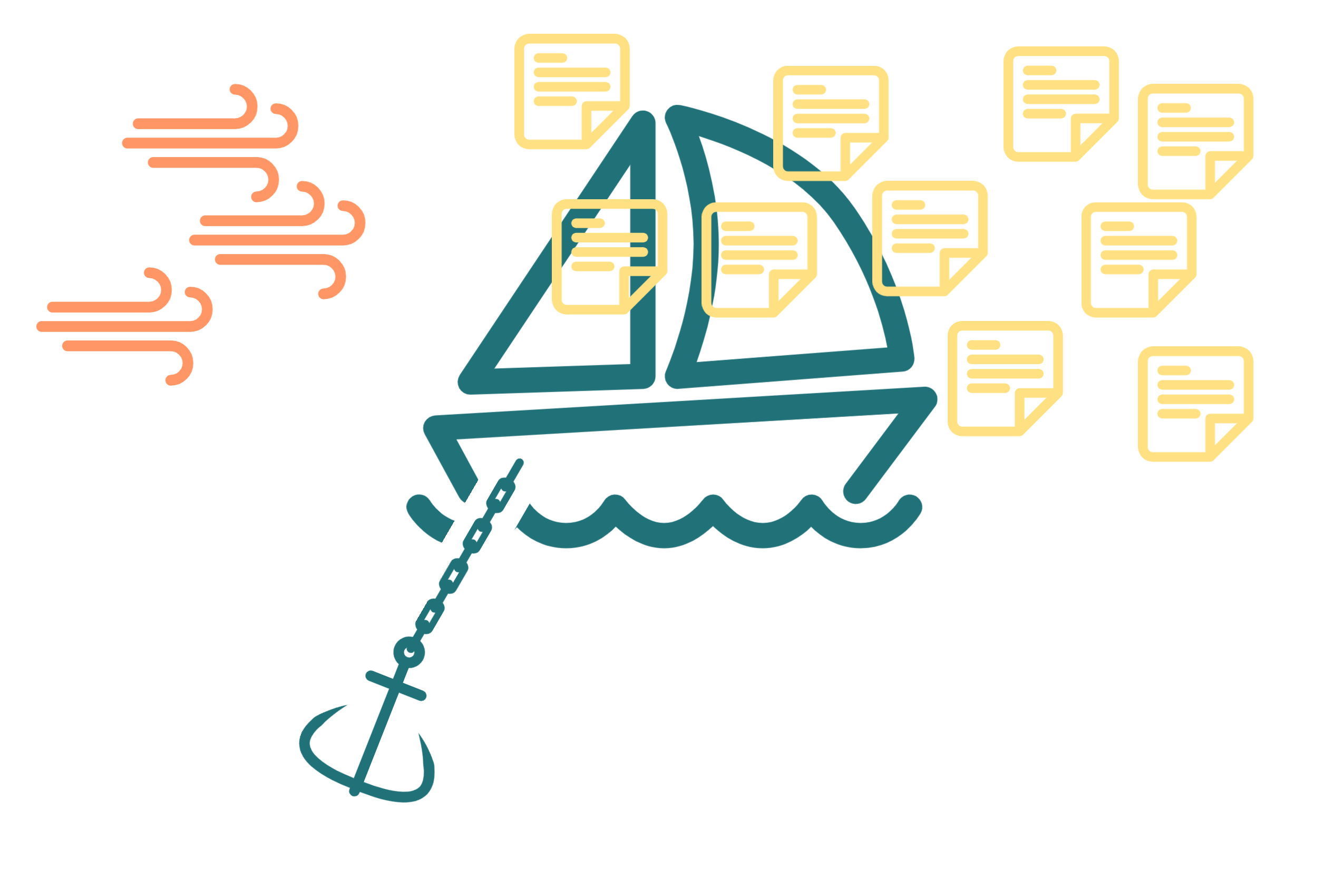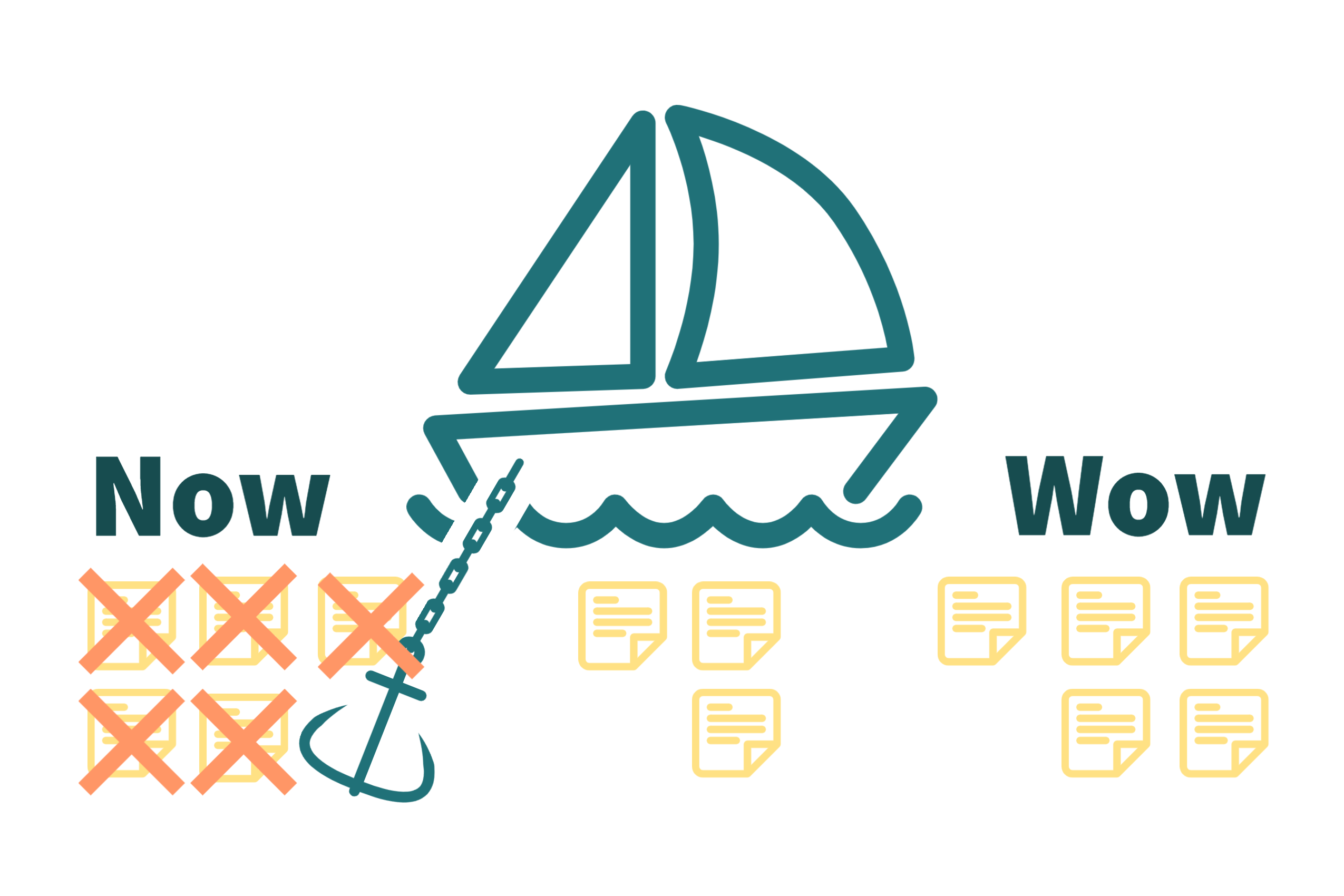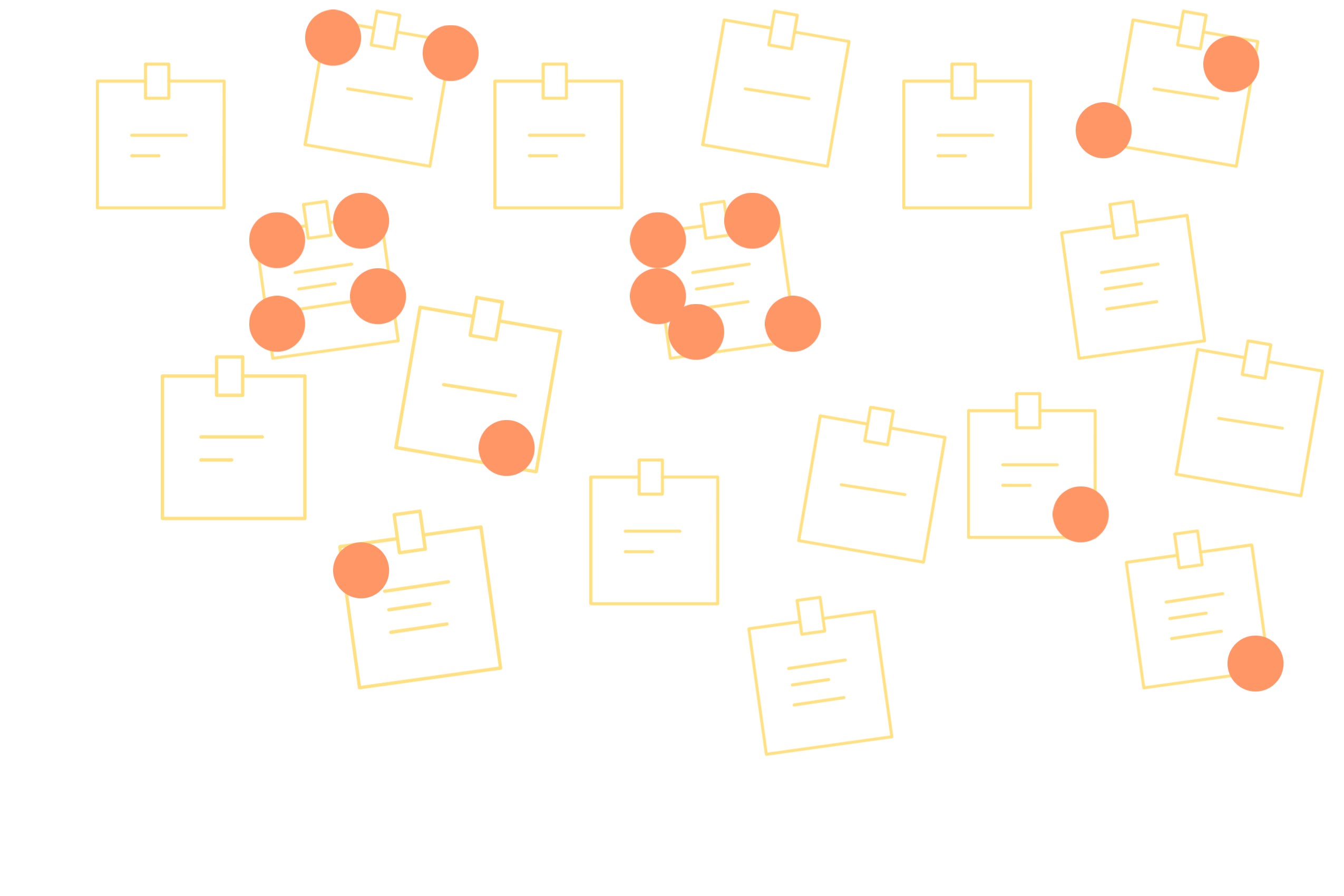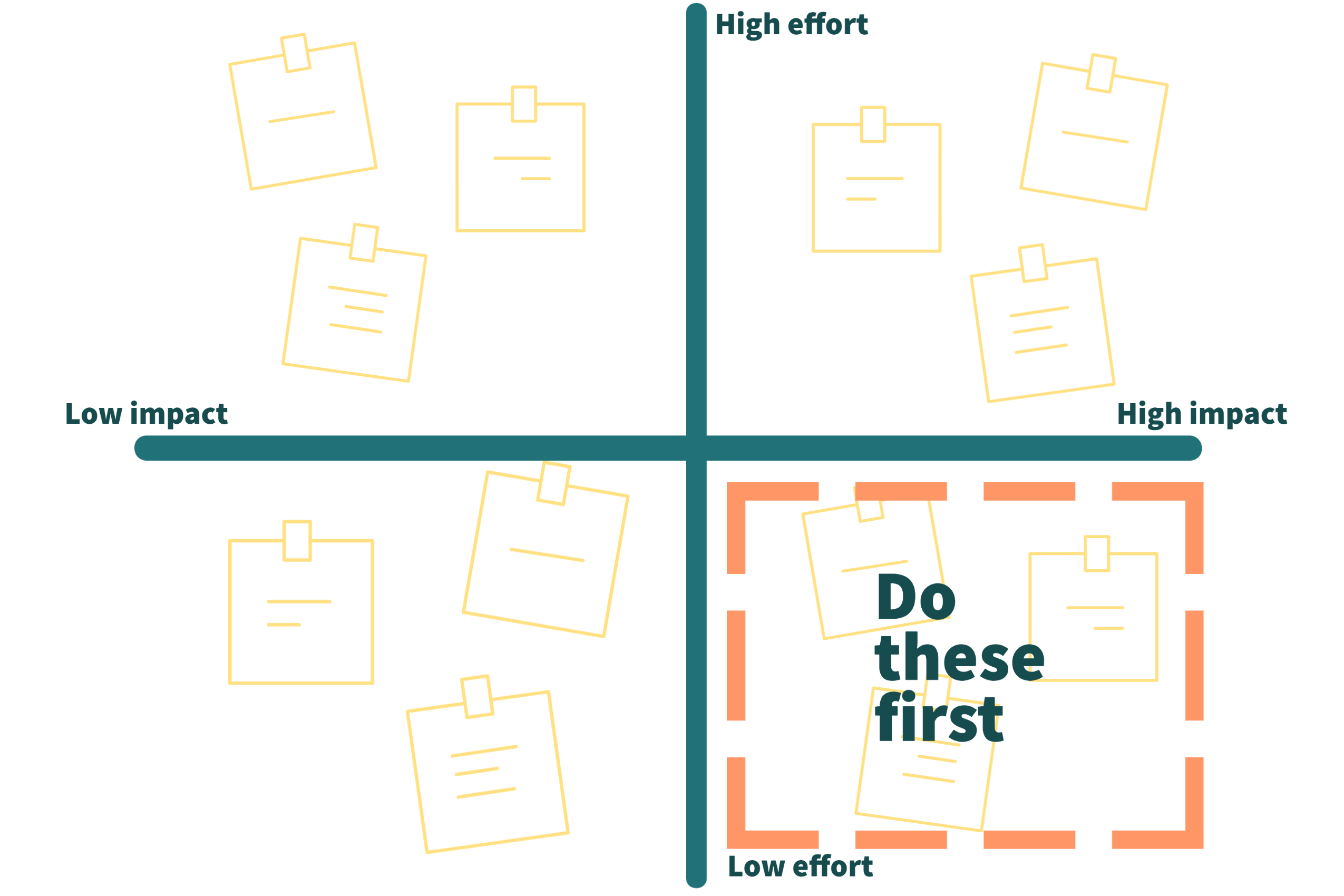On Tuesday 22 November, Harvey Norman and I were asked to run a session at the Jisc Student Experience Experts group in Birmingham. We took the opportunity to introduce the Pathfinders initiative and to give the delegates a chance to experience one of the many methods we use as part of our innovation process.
With a captive audience, plenty of flexibility with our approach, and a nice wide topic range, we thought it would be entertaining and enlightening to run a scaled-back version of our problem identification workshop.
The workshop produces a large range of prioritized problems and potential solutions. However, our goal on this occasion was more focused on introducing our process and for our audience to experience a small part of what we do. If anything else came from the workshop, then that’s the icing on the cake.
We have found the exercise to be an effective way of reaching a positive outcome for groups who get stuck in a cycle of talking about problems without committing to action and works very well with newly formed groups. By limiting the amount of discussion, it also minimises the effect of power dynamics in the room, hopefully resulting in a fairer outcome.
Setting it off
A commonly-used tool in UI and design thinking workshops is the ‘sailboat exercise’, although normally used for retrospectives. If you haven’t come across it before, it is a useful metaphor to explore the current situation. Above the water line, working as the “wind in the sails to push us forward”, we asked the workshoppers to identify the things their institutions are doing well. For each positive point, a Post-It note is added above the waterline.

We don’t actually use these, but by starting with what is going well, it prevents us from getting too critical so we can frame any issues more positively.
The next stage is to identify the challenges, problems or issues the institution faces. Again these are written on Post-It notes and this time placed below the waterline, as anchors or things that hold us back.
This exercise is done individually as it helps increase the range and scale of challenges identified.
Traditionally, the sailboat exercise may include ‘rocks’ for things to beware of, or a ‘desert island’ to denote things we are aiming for. Instead, we used a crude prioritization exercise to separate those ‘now’ problems from the future-focussed, strategic ‘wow’ problems. By quickly rearranging the Post-it notes along a now-to-wow continuum, it allows us to focus our attentions on what is most important. For pathfinders projects, this is the wow end of the spectrum.

Make it count
After we have discarded the half of the ‘now’-most issues, we then needed to prioritise the remaining issues. To do this, we used dot voting. Each person was given three coloured stickers and were allowed to vote in any way (for their own, all three votes for one thing, etc.). Where there are clear leaders, these are taken forward to the next stage.

If you got a problem…
We then discarded all the earlier post-it notes – although there will be some useful insight in there, we probably won’t get round to dealing with it. As this workshop is so quick and easy to run, if the discarded problem is important, it will come up again in repeat sessions.
Now we have just a few problems, we will find it easier to come up with ideas if we reformat them into ‘how might we’ statements. How might we (HMW) statements are an effective way of presenting a problem in a way that encourages innovative answers.
The process is quite straight-forward, and is usually a simple rearranging of the problem. HMW statements usually contain these three things:
- Simple articulation of the problem
- Who is affected
- A positive outcome – i.e., what will the group be able to do if the pain point is removed
We often structure it in this way
How might we [solve the problem] for [users] so that [outcome]
With a bit of help, the groups turned their problems into HMW statements ready for the next step: coming up with ideas.
Yo, I’ll solve it
The penultimate step in the workshop is to come up with ideas. We are clear to emphasise that they don’t need to be good, they just need to be recorded; it’s very much a quantity over quality thing. The HMW statement acts as a guide, giving some structure, but also acts as an invitation to be innovative.
I’ve found that the ideas stage is much like cooking popcorn in the microwave: not much popping at the start, but it soon accelerates, and you get loads of ideas really quickly. Eventually, the rate of popping will slow down before coming to a stop. That doesn’t mean there are no longer any idea kernels in the bag, it just means you might need to cook them in a different way. There are a few little techniques you can use to encourage new ideas when things start to slow down, such as reading previous ideas and taking an improv class approach of “yes, and…” to build on.
Another round of voting
After a little time to read all the ideas and group similar ideas together, it is time for another round of voting. We gave everybody 3 votes per HMW statement they were looking at, to use as they wished. For workshops with multiple groups, you can open up all the ideas to everyone in the room’s votes, but this can take a long time.
The reasons for voting were not so important, as everyone will come with different approaches. It could be the best answer, the most elegant answer, or even the wackiest.
Once voting had happened, again we had clear favourites. These are ideas that we could take forward for action.
(Last step)
Normally, we would then put the top few ideas through an effort-impact assessment to help further prioritise work. Ideally what we are looking for are easy fixes with high impact, which would go at the top of our backlog of work. Anything that is low-impact and high effort would be jettisoned (although the idea might be popular, if it won’t change the world, there are better uses of our resources).

Conclusion
There you have it, in less than an hour, we went from a blank piece of paper to some actionable ideas. Along the way we identified and prioritised the problems and came up with a whole range of other things we could do another time. The best thing was that we didn’t get caught up in endless conversations – while there is time for conversation and thought, there are also times where action is the best approach. With an agile mindset, doing, reviewing and changing are often the best ways to achieve success.
This session is fun and hands-on – hopefully we’ve whetted your appetite, and you might try to run the session yourself (check out the session plan PDF for timings and instructions). Alternatively, you may have some good ideas that you would like our help to delve deeper into, in which case, contact us at innovation@jisc.ac.uk
